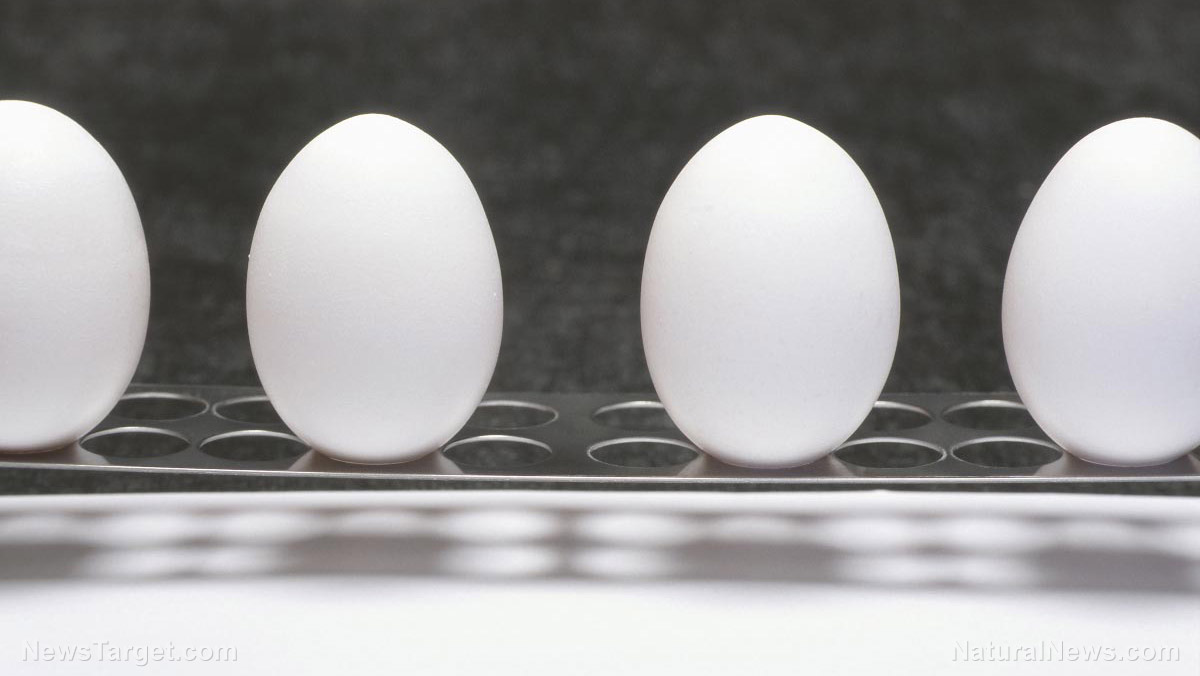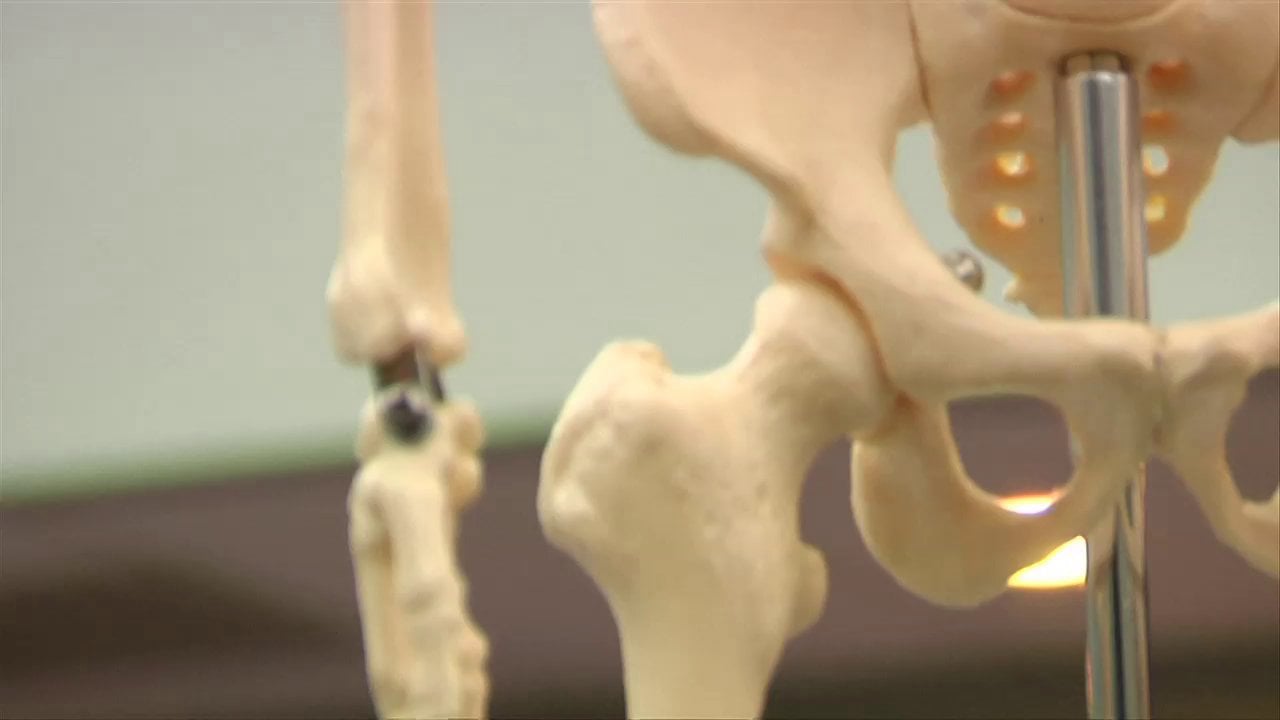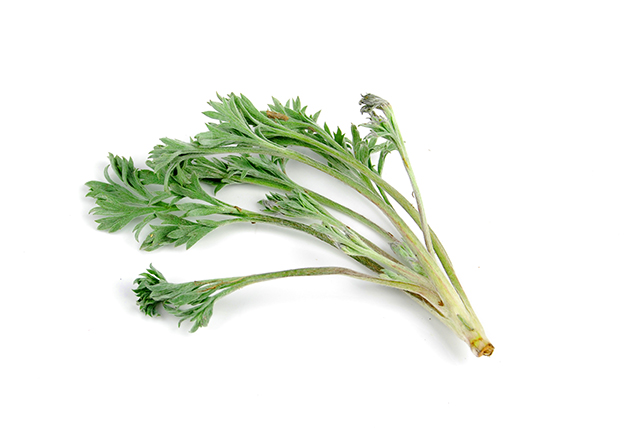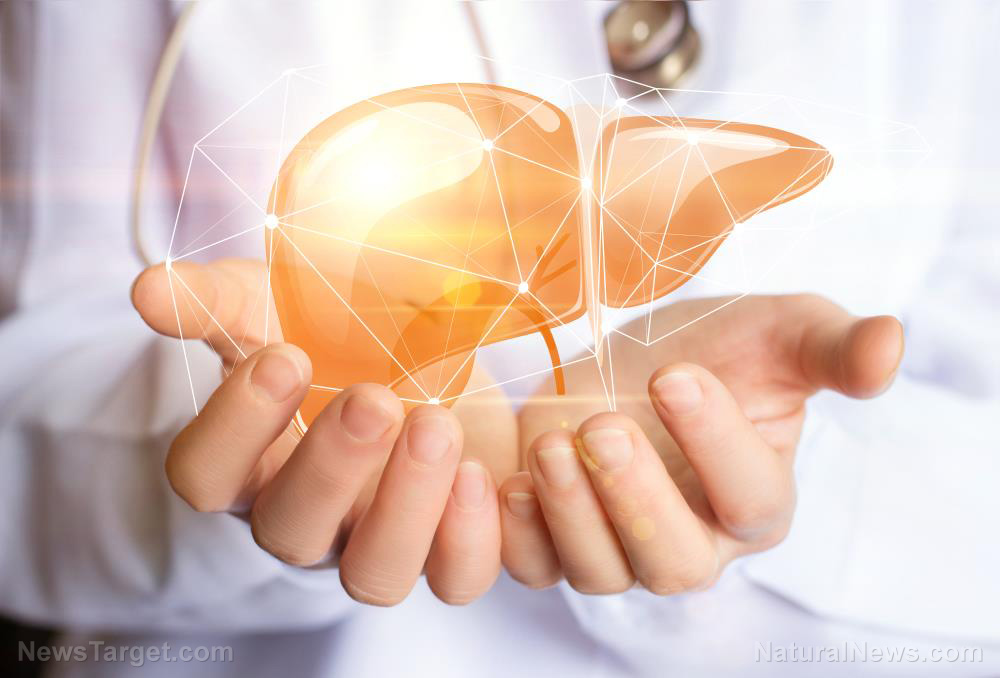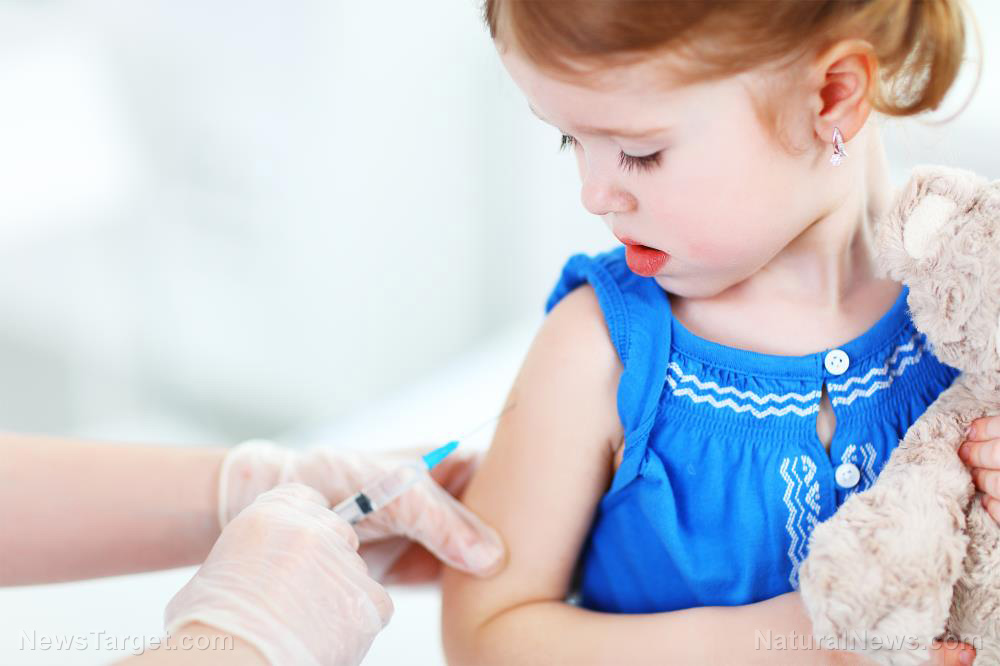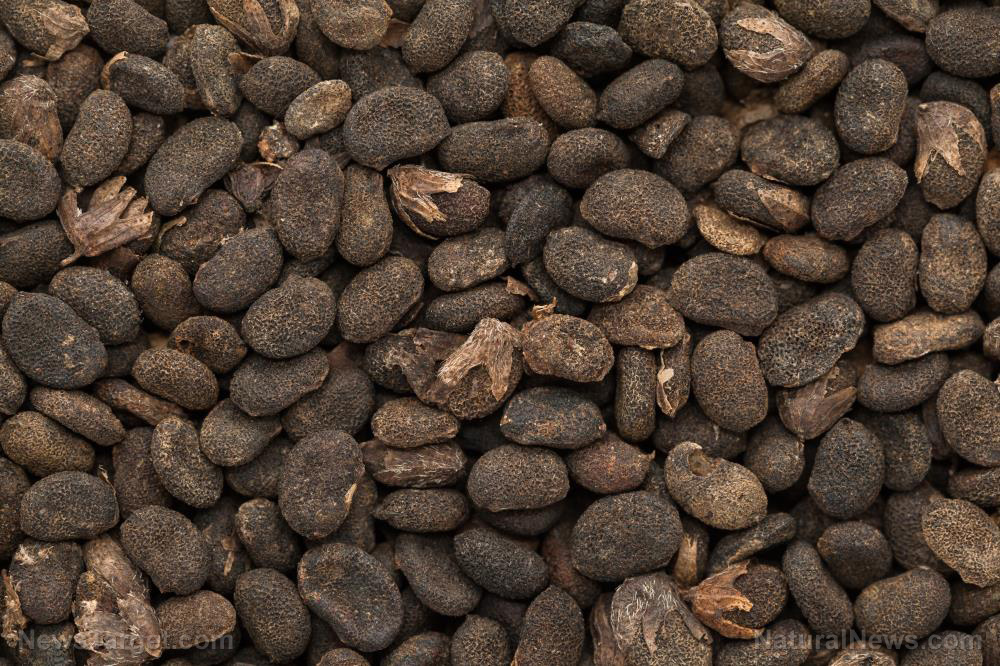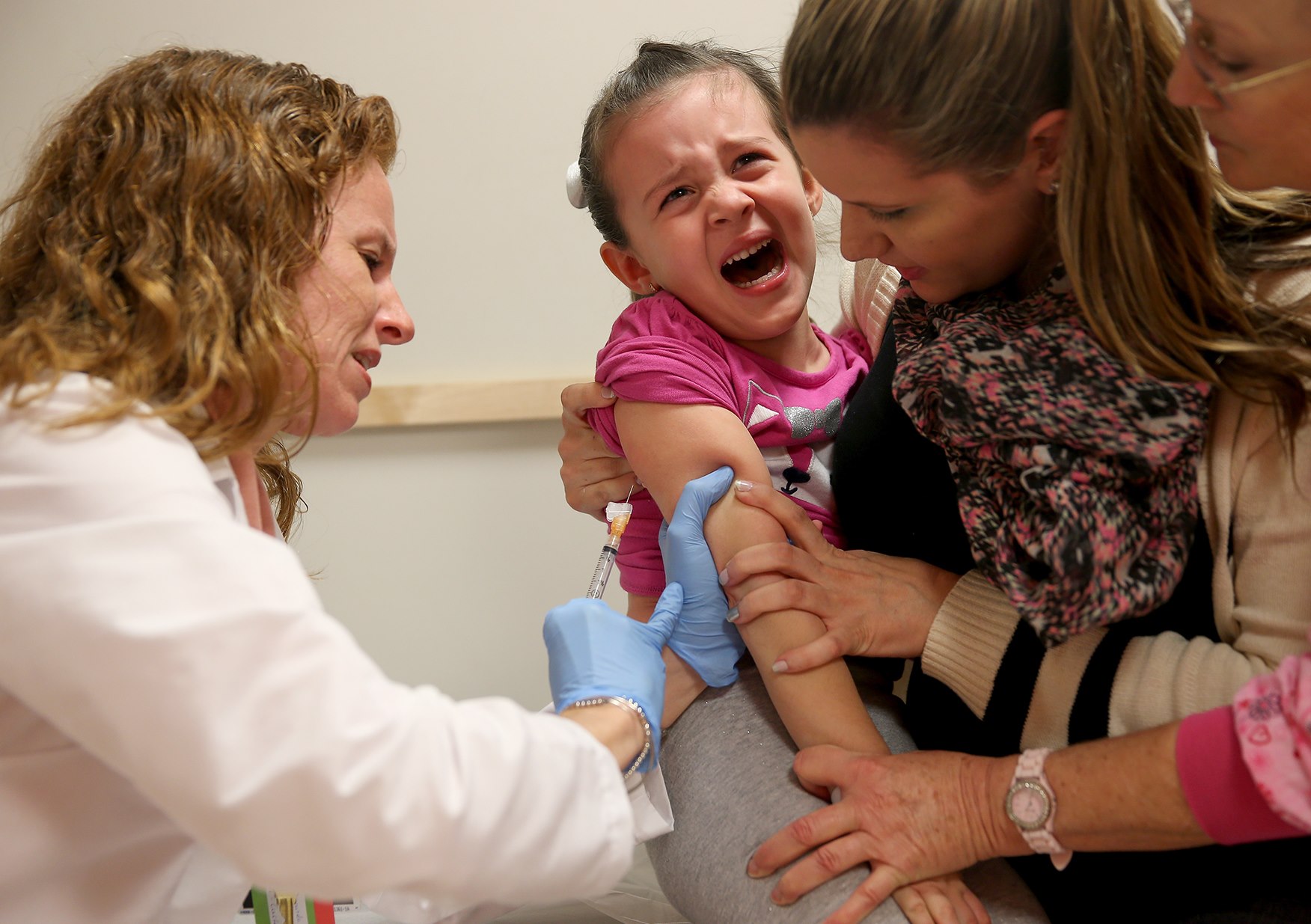Chemical compounds from Salvia miltiorrhiza (red sage) protect against acute kidney injury
06/19/2019 / By Michelle Simmons

Researchers from the Medical School of Nanjing University in China looked at whether red sage (Salvia miltiorrhiza) could be useful in the treatment of acute kidney injury. They published their findings in The American Journal of Chinese Medicine.
- Red sage is a commonly used herbal medicine in China and other Asian countries.
- Earlier studies have shown that tanshinone IIA, a diterpene extracted from red sage, has pleiotropic effects on many disease treatments because of its anti-toxicity, anti-inflammatory, anti-oxidative stress, and antifibrosis activities.
- However, its effect on acute kidney injury has not been fully studied.
- In this study, researchers examined the effect of tanshinone IIA on acute kidney injury in mice.
- Acute kidney injury was induced by folic acid.
- They found that treatment with tanshinone IIA can result in improved kidney function in folic acid-induced kidney injury mice.
- In the acute phase of kidney injury, tanshinone IIA treatment reduced renal tubular epithelial injury.
- In addition, treatment with tanshinone IIA led to increased proliferating cell nuclear antigen (PCNA) expression and decreased inflammatory cells infiltration as well as chemokine expression.
- This effect suggested that tanshinone IIA promoted renal repair following acute kidney injury and inhibited the local inflammatory response in the injured kidney.
- As a result, long-term fibrosis in the injured kidney diminished, which was characterized by less accumulation of fibronectin and collagen I in tubulointerstitium.
In conclusion, these results indicated that tanshinone IIA may be used as a natural medicine for the treatment of acute kidney injury.
For more studies on natural medicines for kidney injury like red sage, visit NaturalMedicine.news.
Journal Reference:
Jiang C, Zhu W, Shao Q, Yan X, Jin B, Zhang M, Xu B. TANSHINONE IIA PROTECTS AGAINST FOLIC ACID-INDUCED ACUTE KIDNEY INJURY. The American Journal of Chinese Medicine. 24 May 2016; 44(4): 737-753. DOI: 10.1142/S0192415X16500403
Tagged Under: acute kidney injury, alternative medicine, antioxidants, Chinese medicine, Chinese red sage, danshen, herbal medicine, Herbs, kidney damage, kidney disease, kidney injury, medicinal plants, natural cures, natural healing, natural medicine, natural remedies, prevention, red sage, research, Salvia miltiorrhiza, tanshinone IIA, TCM, traditional Chinese medicine





